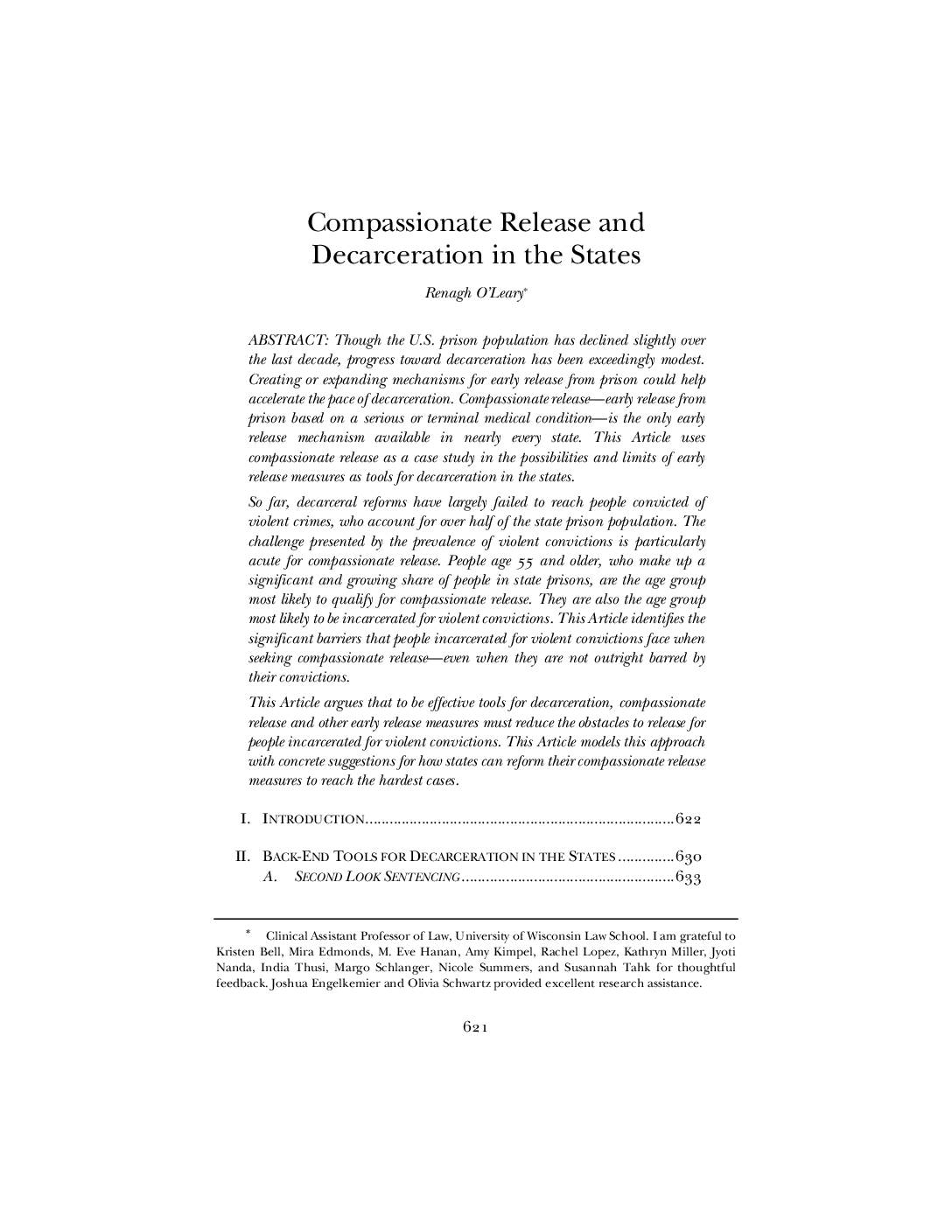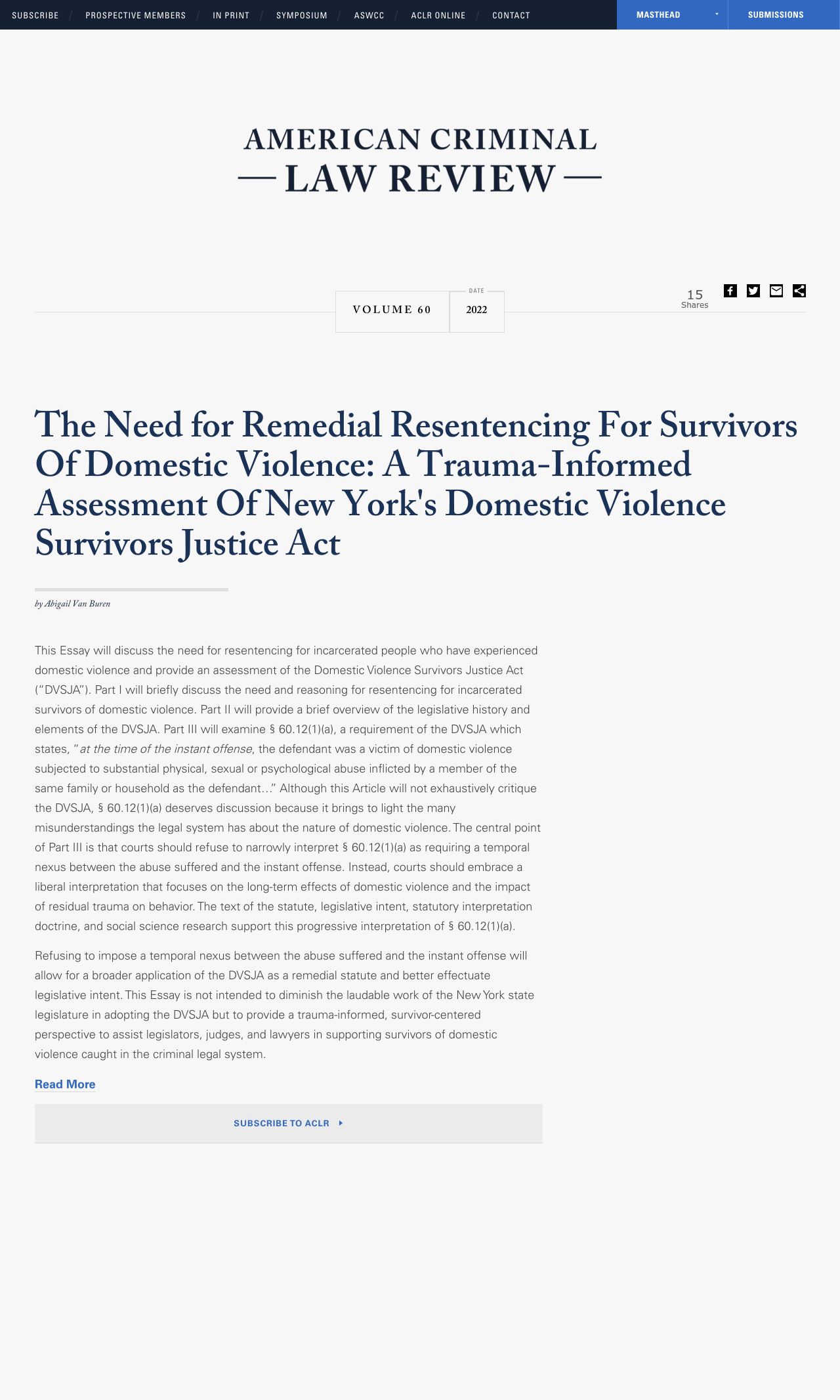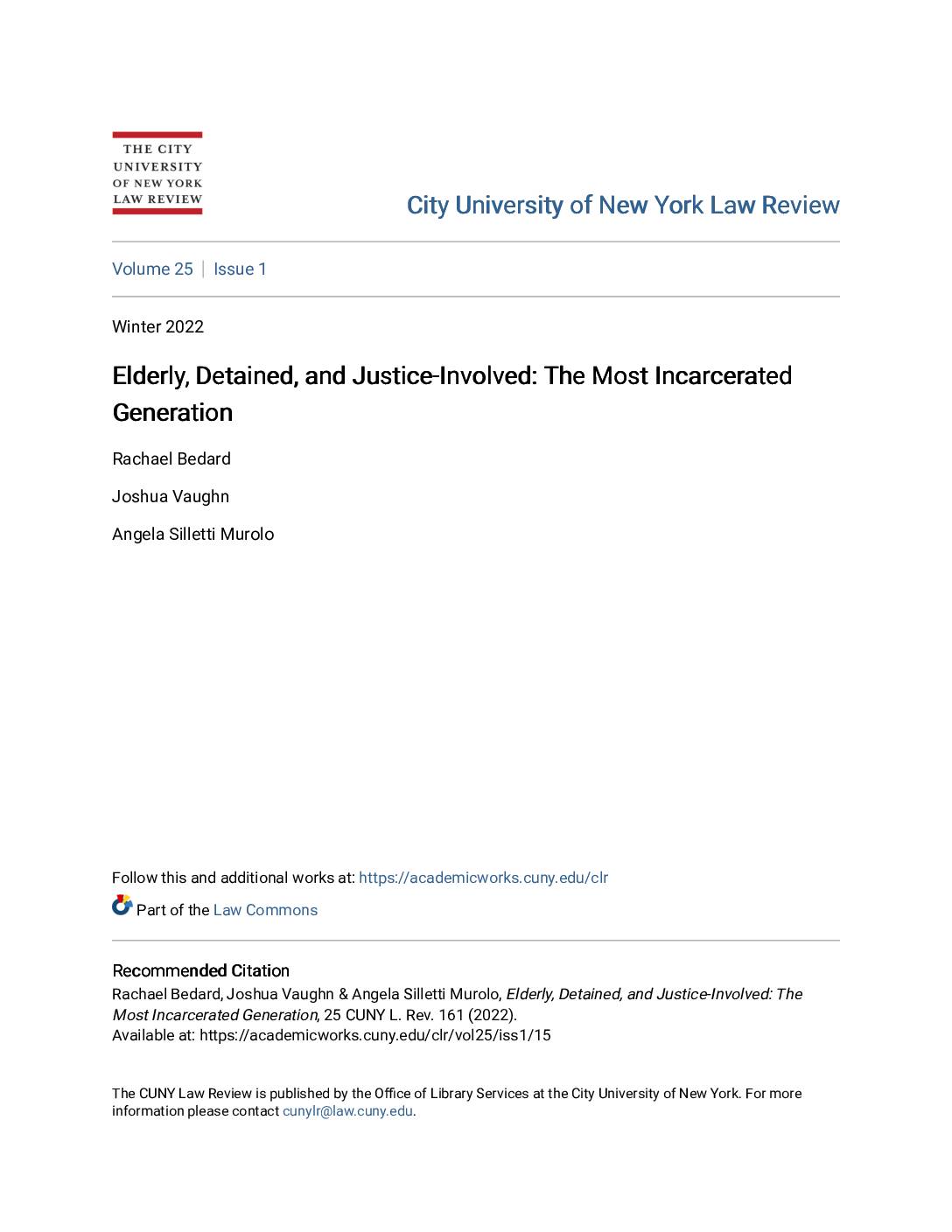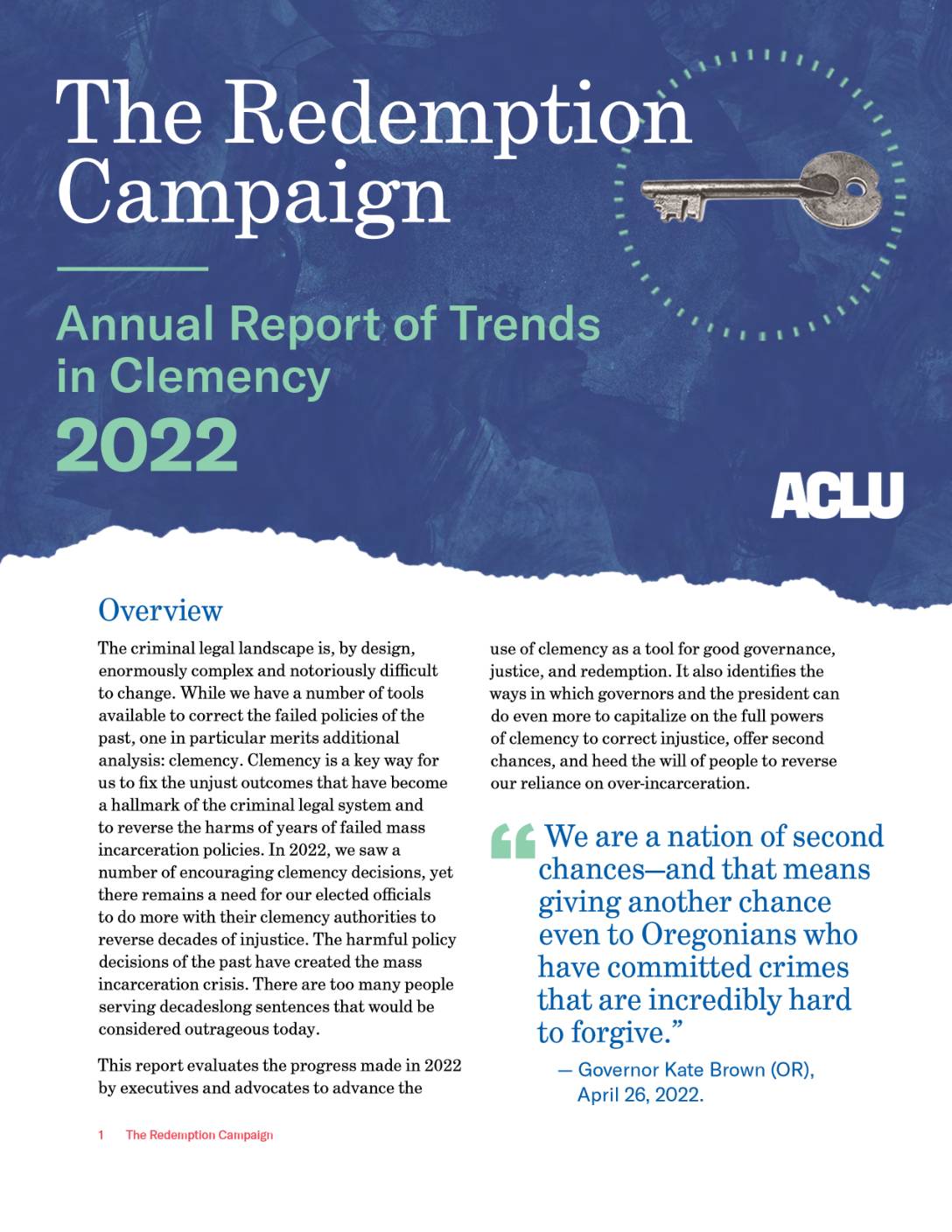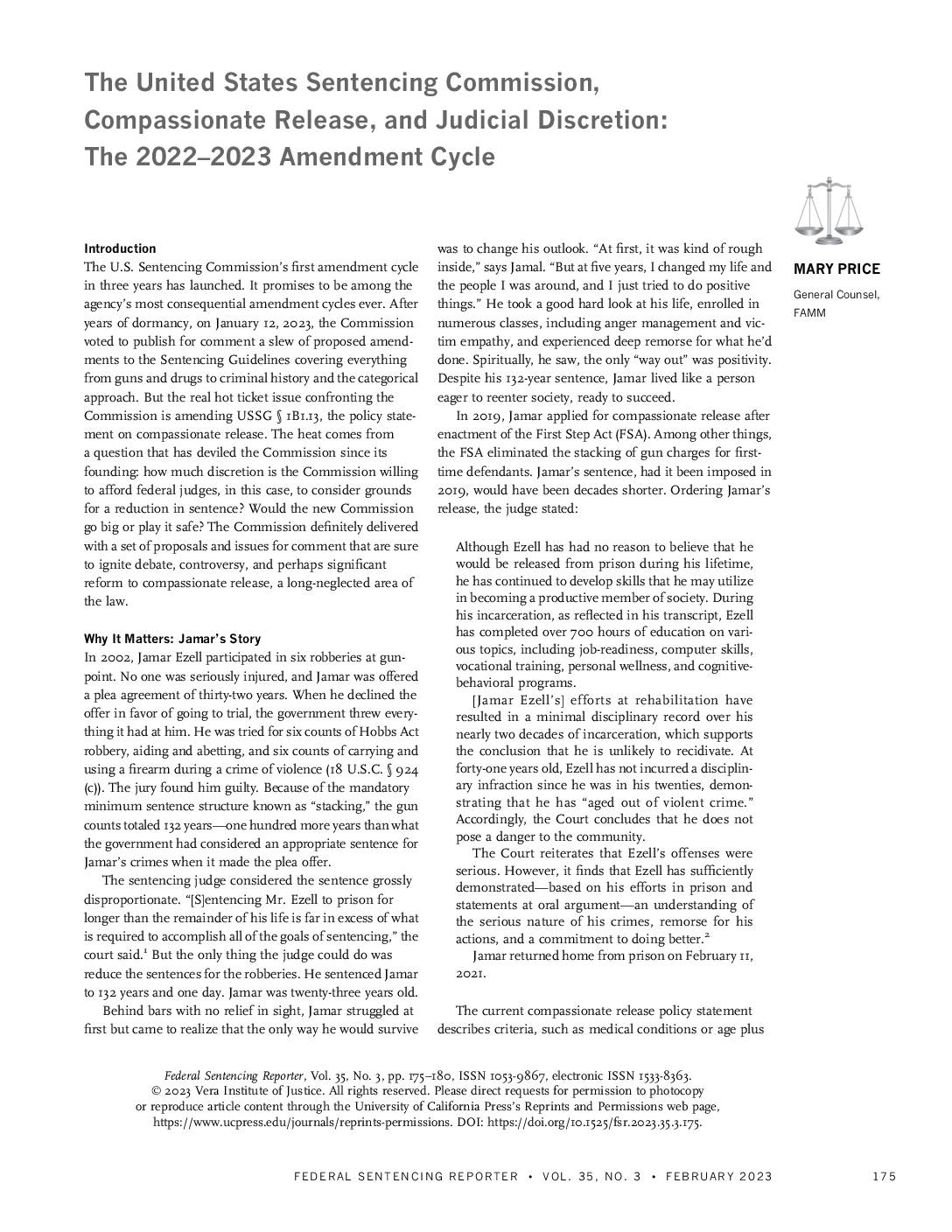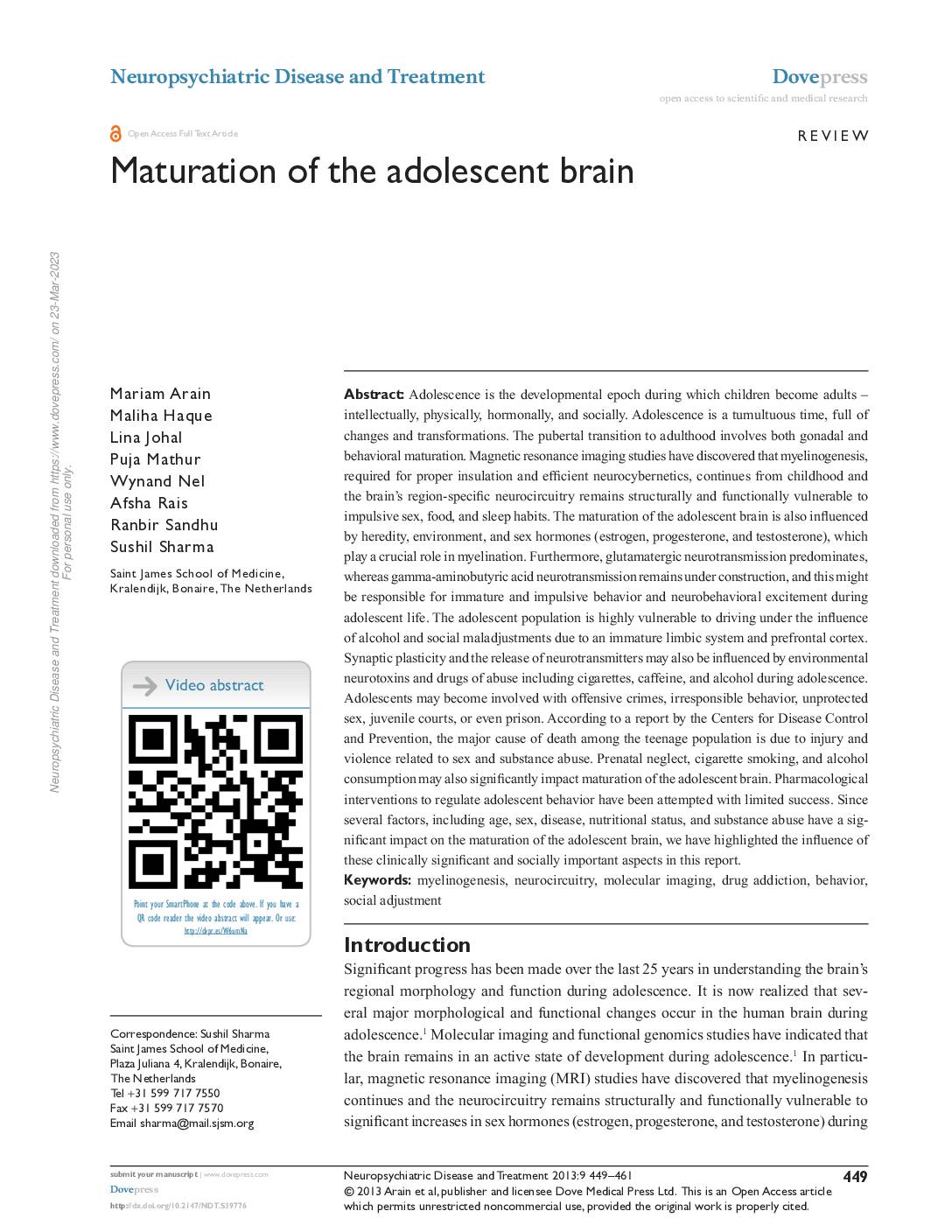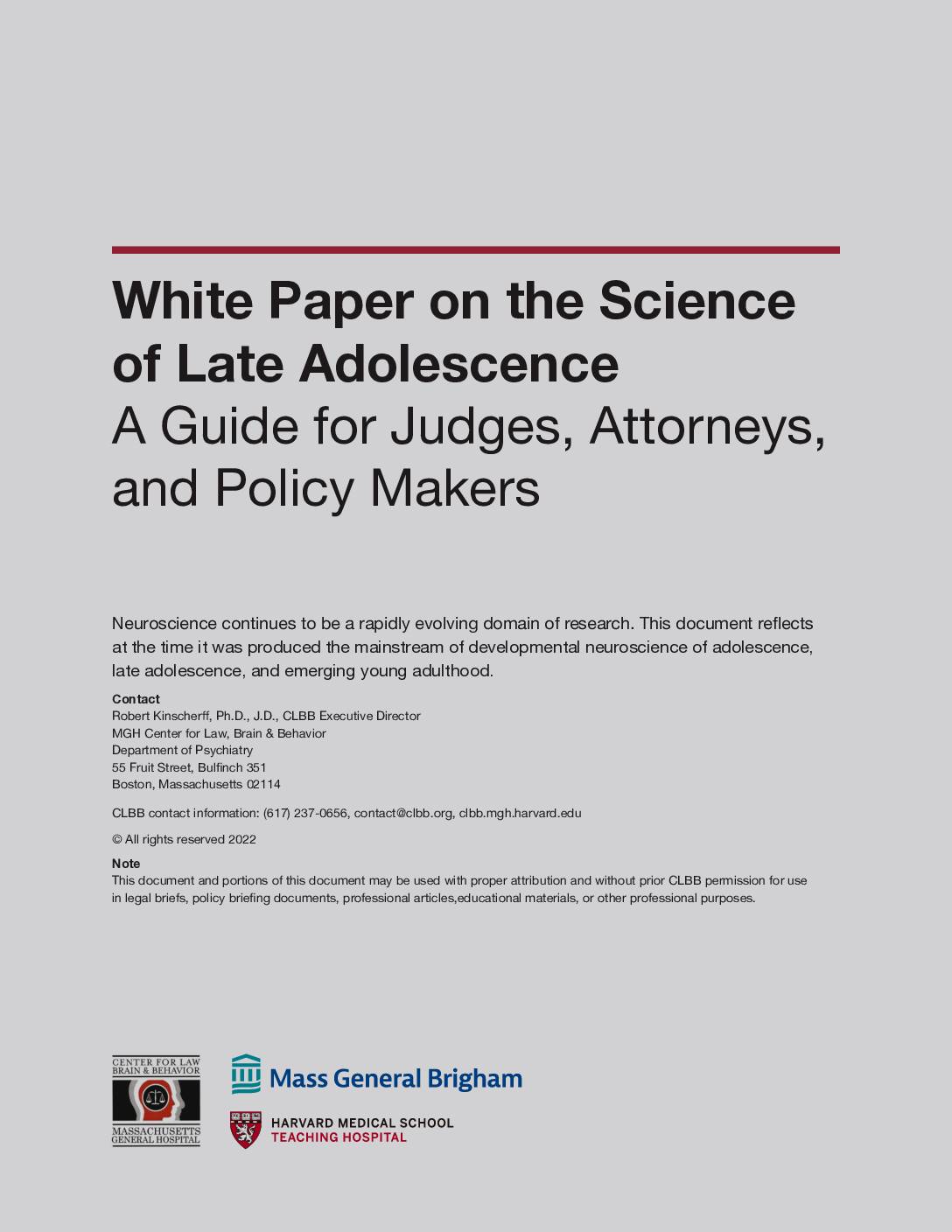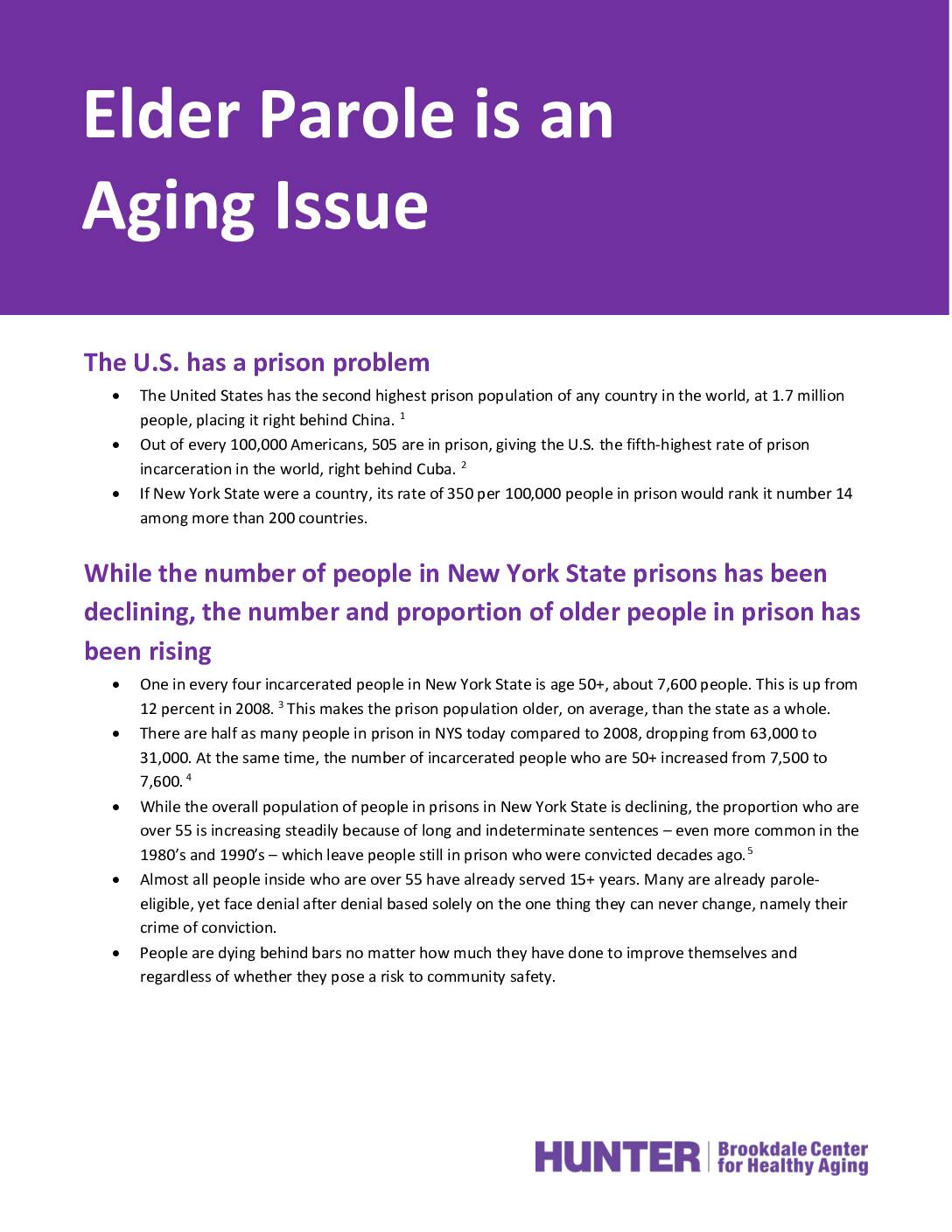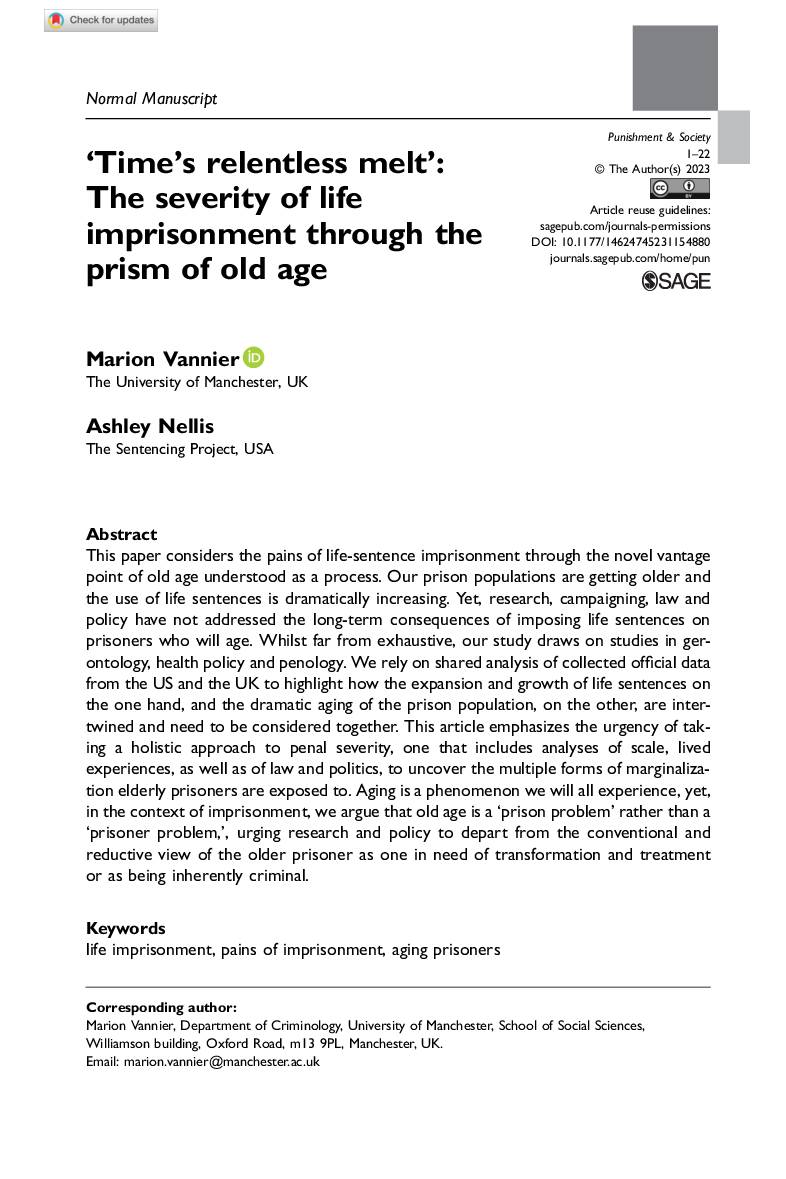PDF Compassionate Release and Decarceration in the States
Though the U.S. prison population has declined slightly over the last decade, progress toward decarceration has been exceedingly modest. Creating or expanding mechanisms for early release from prison could help accelerate the pace of decarceration. Compassionate release—early release from prison based on a serious or terminal medical condition—is the only early release mechanism available in nearly every state. This Article uses compassionate release as a case study in the possibilities and limits of early release measures as tools for decarceration in the states.
So far, decarceral reforms have largely failed to reach people convicted of violent crimes, who account for over half of the state prison population. The challenge presented by the prevalence of violent convictions is particularly acute for compassionate release. People age 55 and older, who make up a significant and growing share of people in state prisons, are the age group most likely to qualify for compassionate release. They are also the age group most likely to be incarcerated for violent convictions. This Article identifies the significant barriers that people incarcerated for violent convictions face when seeking compassionate release—even when they are not outright barred by their convictions.
This Article argues that to be effective tools for decarceration, compassionate release and other early release measures must reduce the obstacles to release for people incarcerated for violent convictions. This Article models this approach with concrete suggestions for how states can reform their compassionate release measures to reach the hardest cases.


